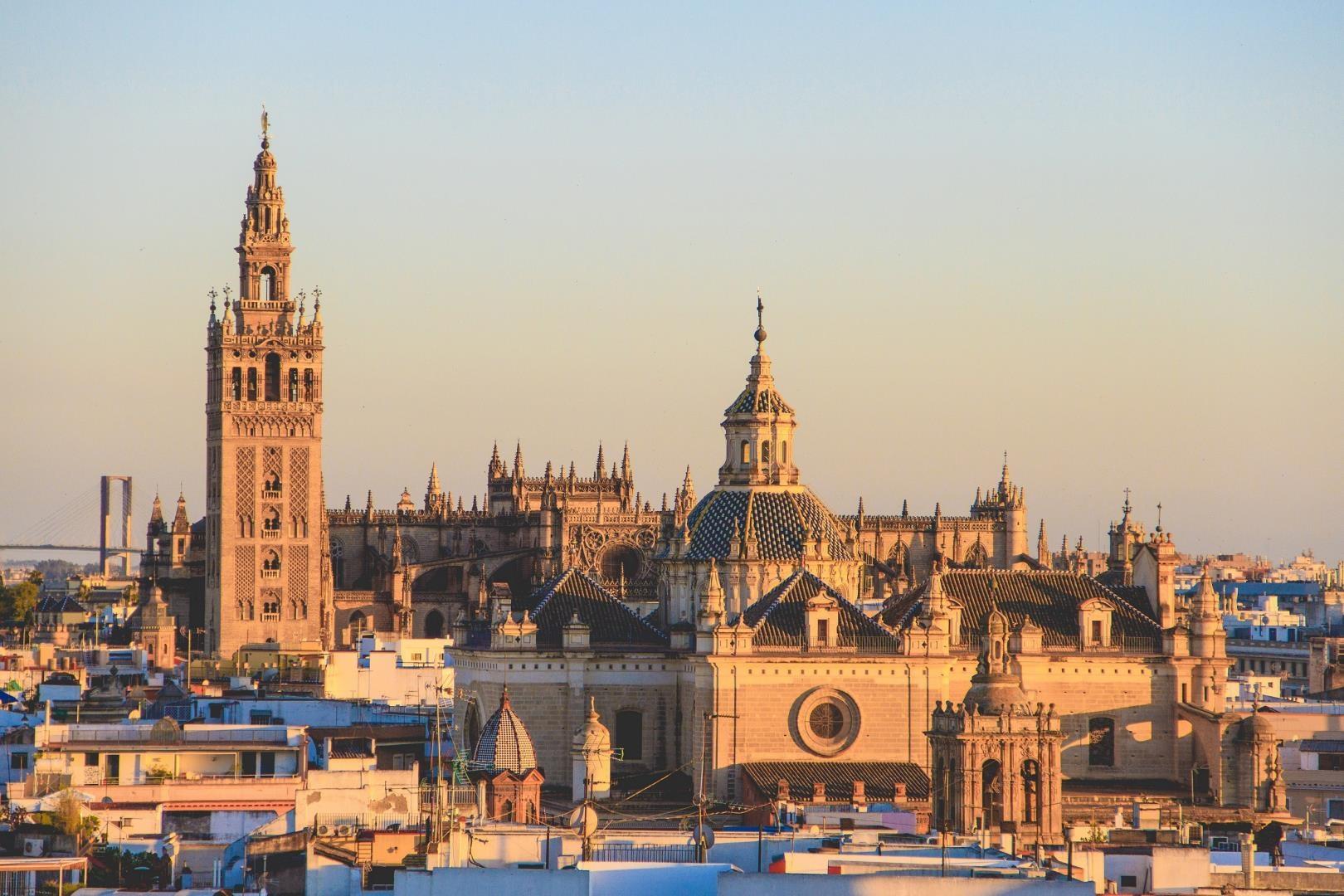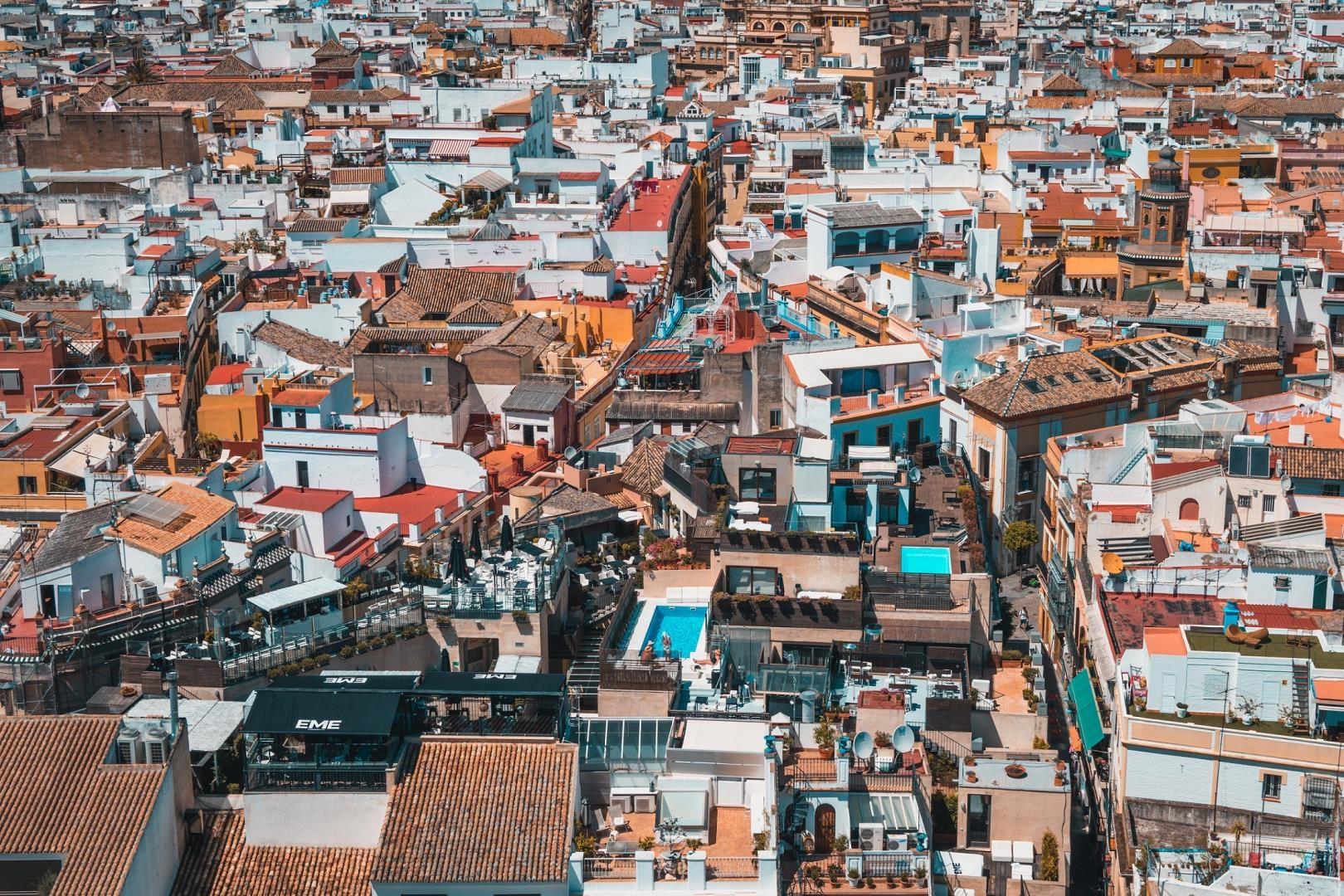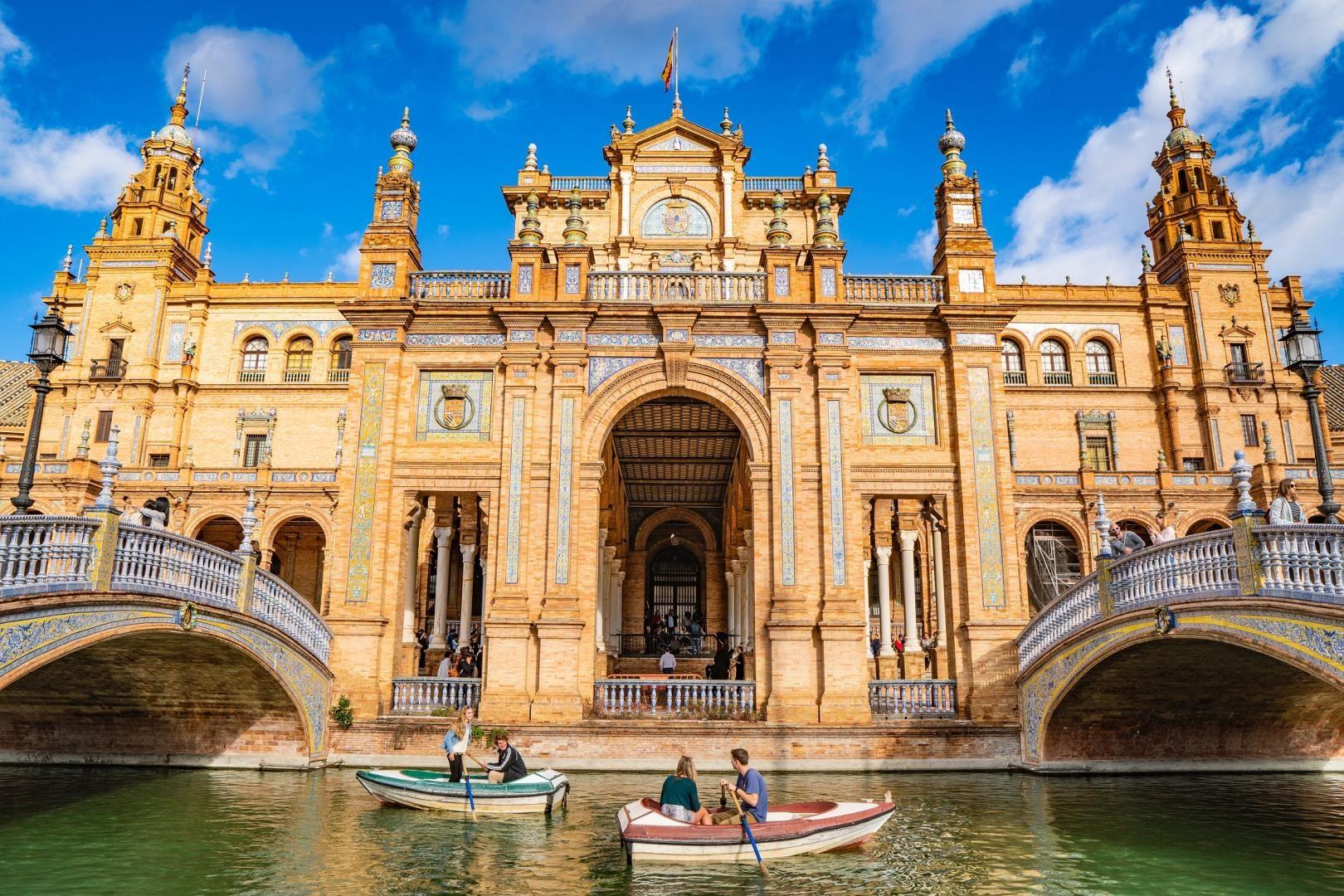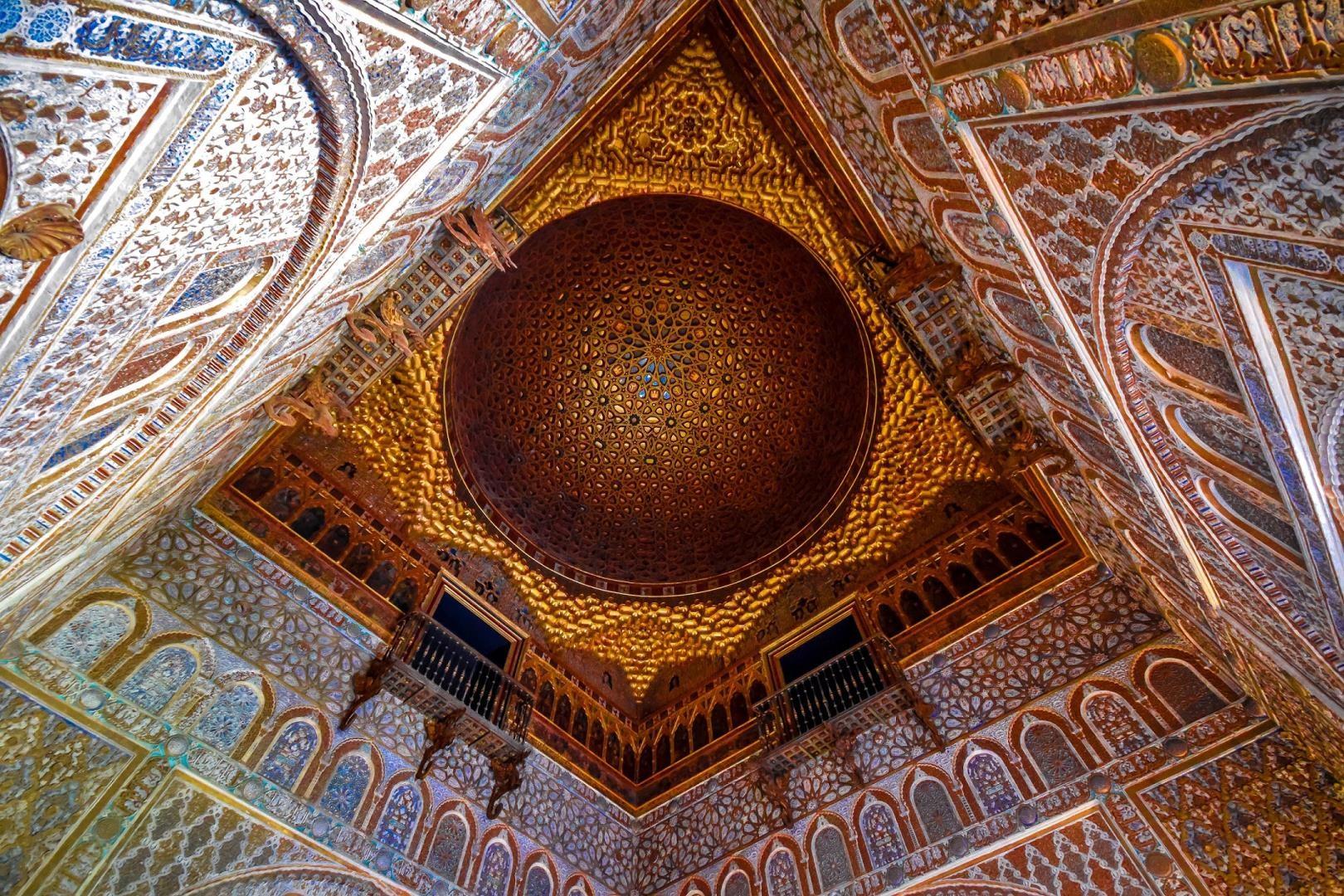Seville











In Southern Spain, the beautiful capital city of Seville invites travelers to its alluring, centuries-old dance. This gem of the Andalusia region has a rich history — it was first established as Hispalis by the Romans, weathered the Spanish Civil War, and hosted both the Ibero-American Exposition (1929) and the Universal Exposition of Seville (1992).
Must-sees in Seville include the landmark palace Royal Alcázar of Seville, the Gothic, bell-towered Catedral de Sevilla, and Plaza de España, an architectural marvel with Moorish, Baroque and Renaissance influences. Meanwhile, Museo del Baile Flamenco is the place to learn about flamenco dancing culture.
Must-sees in Seville include the landmark palace Royal Alcázar of Seville, the Gothic, bell-towered Catedral de Sevilla, and Plaza de España, an architectural marvel with Moorish, Baroque and Renaissance influences. Meanwhile, Museo del Baile Flamenco is the place to learn about flamenco dancing culture.
Learn More About Seville

Icónica Santalucía Sevilla Fest
From 5/30/2025 - 7/14/2025
Immerse yourself in the cultural splendor of the Icónica Santalucía Sevilla Fest, where music and art converge in the heart of Seville. This festival draws audiences with an impressive lineup of world-class musicians and captivating performances, set against the stunning backdrop of the city’s historic sites. Attendees are invited to experience the harmonious blend of tradition and innovation, making it an unmissable event for those seeking a unique cultural experience.




